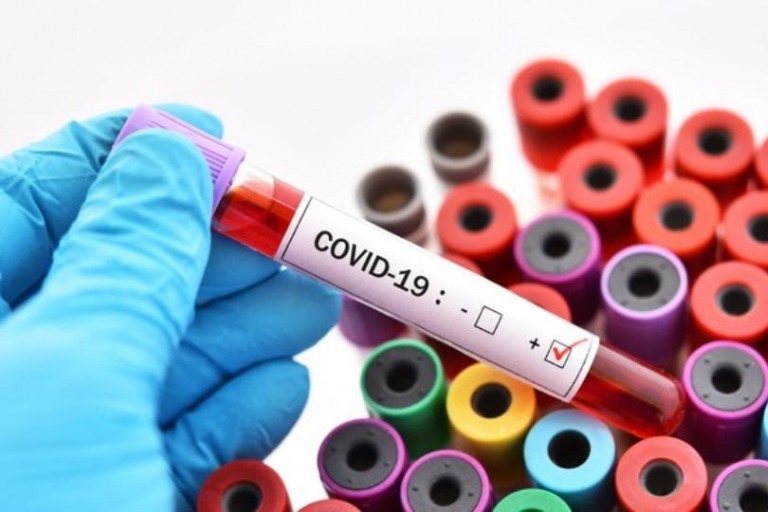How Russia-Ukraine conflict could increase COVID-19 transmission – WHO.
The World Health Organisation (WHO) warned that the ongoing Russia-Ukraine conflict was likely to drive COVID-19 transmission higher.
It said in turn it would increase the risk of large numbers of people developing severe disease.
“WHO is deeply concerned about the unfolding humanitarian emergency in Ukraine.
“Prior to the conflict, Ukraine had experienced a recent surge of cases of COVID-19.
“Low rates of testing since the start of the conflict mean there is likely to be significant undetected transmission.
“Coupled with low vaccination coverage, this increases the risk of large numbers of people developing severe disease,” said WHO Director General, Tedros Adhanom Ghebreyesu, at a press conference.
He added that critical shortages of oxygen would have an impact on the ability to treat patients with COVID-19 and many other conditions.
According to the United Nations High Commissioner for Refugees, as of Tuesday, more than 870,000 people had left Ukraine and that number is expected to increase rapidly, the WHO chief said.
“Mass population movements are likely to contribute further to transmission of COVID-19, potentially increasing pressure on health systems in neighboring countries,” he said.
Mike Ryan, Executive Director of the WHO Health Emergencies Programme, warned that mass population movements as a result of the conflict could possibly not only drive COVID-19 transmission higher but also favour the emergence of new variant of the COVID-19 virus.
WHO is delivering essential medical supplies from the hub in Dubai.
The first shipment will arrive in Poland on Thursday, including 36 metric tonnes of supplies for trauma care and emergency surgery to meet the needs of 1,000 patients and other health supplies to meet the needs of 150,000 people.
However, it hopes to establish a corridor to ensure humanitarian workers and supplies have safe and continuous access to reach people in need.
